
Lviv
The capital of the country’s west, the city owes its fascinating appearance, reminiscent of Prague, Krakow and Vienna at once, to its bright and dynamic history, which has been changing and developing for over seven and a half centuries. It is thought that Prince Daniel of Galicia founded the city in the 13th century, naming it after his son Lev. One hundred years later, Lviv was ruled by Poland, given the Magdeburg Rights, and subsequently developed very rapidly, as its diverse population grew constantly. Architecturally, the city manages to combine its European influences with Soviet-era leftovers in a remarkable manner, giving the city a peculiar charm. Despite being a rather large city, a unique calmness prevails here. It makes for pleasant strolls through the city’s narrow cobblestone streets, filled with a medieval atmosphere.
The capital of the country’s west, the city owes its fascinating appearance, reminiscent of Prague, Krakow and Vienna at once, to its bright and dynamic history, which has been changing and developing for over seven and a half centuries. It is thought that Prince Daniel of Galicia founded the city in the 13th century, naming it after his son Lev. One hundred years later, Lviv was ruled by Poland, given the Magdeburg Rights, and subsequently developed very rapidly, as its diverse population grew constantly. Architecturally, the city manages to combine its European influences with Soviet-era leftovers in a remarkable manner, giving the city a peculiar charm. Despite being a rather large city, a unique calmness prevails here. It makes for pleasant strolls through the city’s narrow cobblestone streets, filled with a medieval atmosphere.
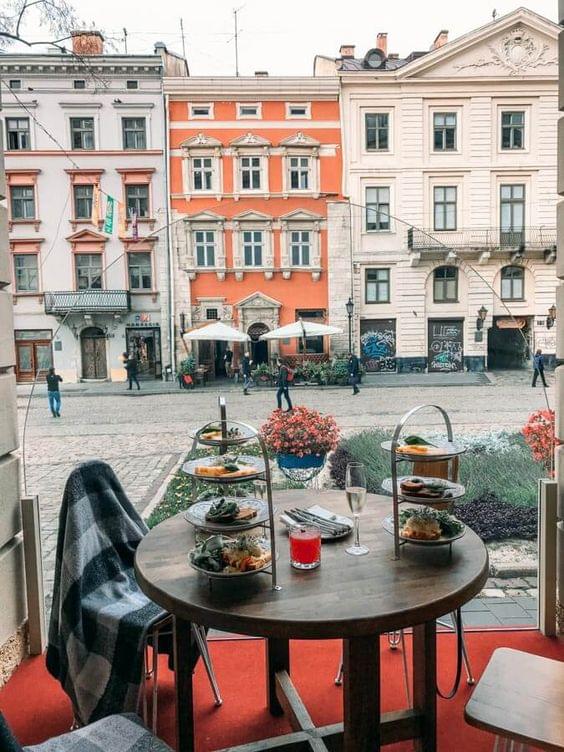
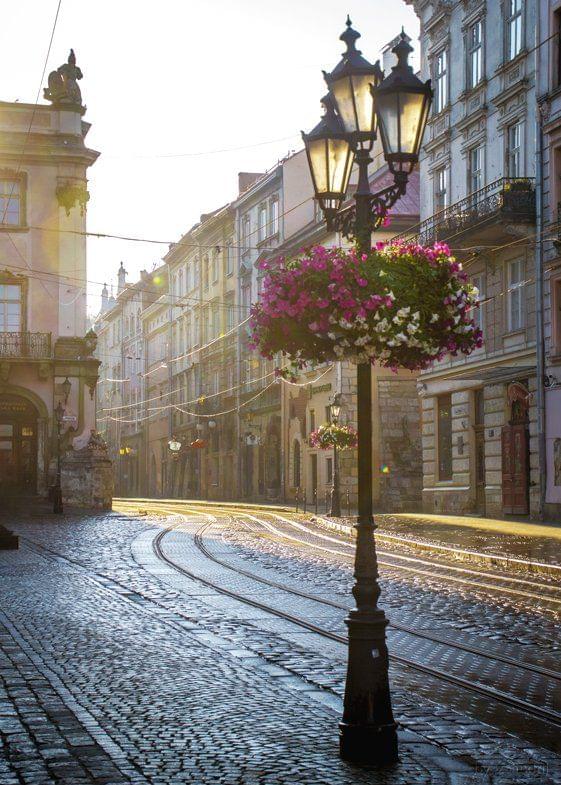
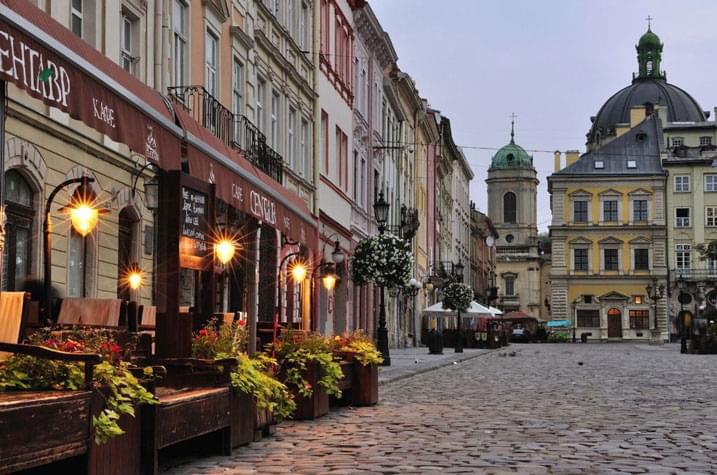
Cobblestones
Lviv first saw the cobblestones in 1487. At least, there is such a record in the old chronicles of the city. Then you changed the trimmings many times. But in the 1780s there was an interesting story about which Austrian newspapers wrote. The emperor of Austria came to Lemberg (as the Germans and Austrians called Lviv) and his carriage was simply stuck in the middle of the Market Square across the street. It was possible to pull out the emperor's carriage with a pair of oxen. After that, the emperor ordered that the Market Square be carefully covered with paving stones. Probably, some cobblestones in the center still "remember" grandmother-Austria.
Сity of coffee, jazz,
observation decks and romance
This is city of coffee, a city of lions, a city of jazz, rain, chocolate, terraces and passionate tango. The heart of the city is Rynok Square, which has a 65-meter town hall. The observation deck was opened only in 2003. It`s open daily, that gives an opportunity to citizens and guests of the city both in the summer and in winter enjoy the beautiful view of the city.
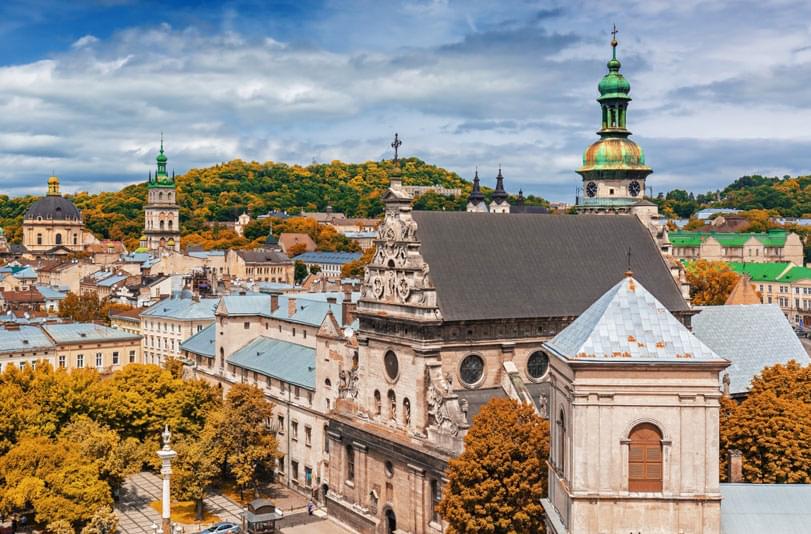
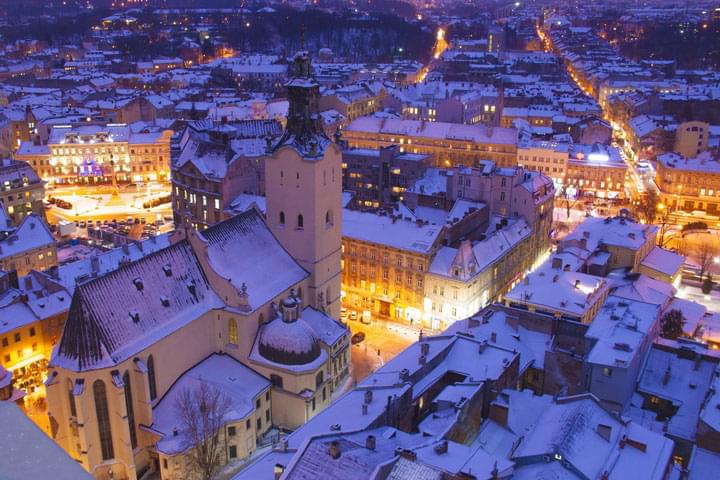

Lviv is wintering
European Christmas markets are places where winter magic happens, and the main one in Lviv is no different: it’s a must if you’re visiting the city in December. Rows of small wooden houses grace the spectacular Ploshcha Rynok, a square dotted with colourful baroque and Renaissance buildings. Enter the market and you’ll be engulfed in traditional Christmas fare, from cute souvenirs and handmade crafts to cinnamon-infused mulled wine and local delicacies such as shashlyky (grilled-meat skewers) and mlyncy (small thick pancakes). Lviv's cathedrals and cobblestones are enchanting, but to really see the city in all of its winter glory you should seek out the best viewpoints.